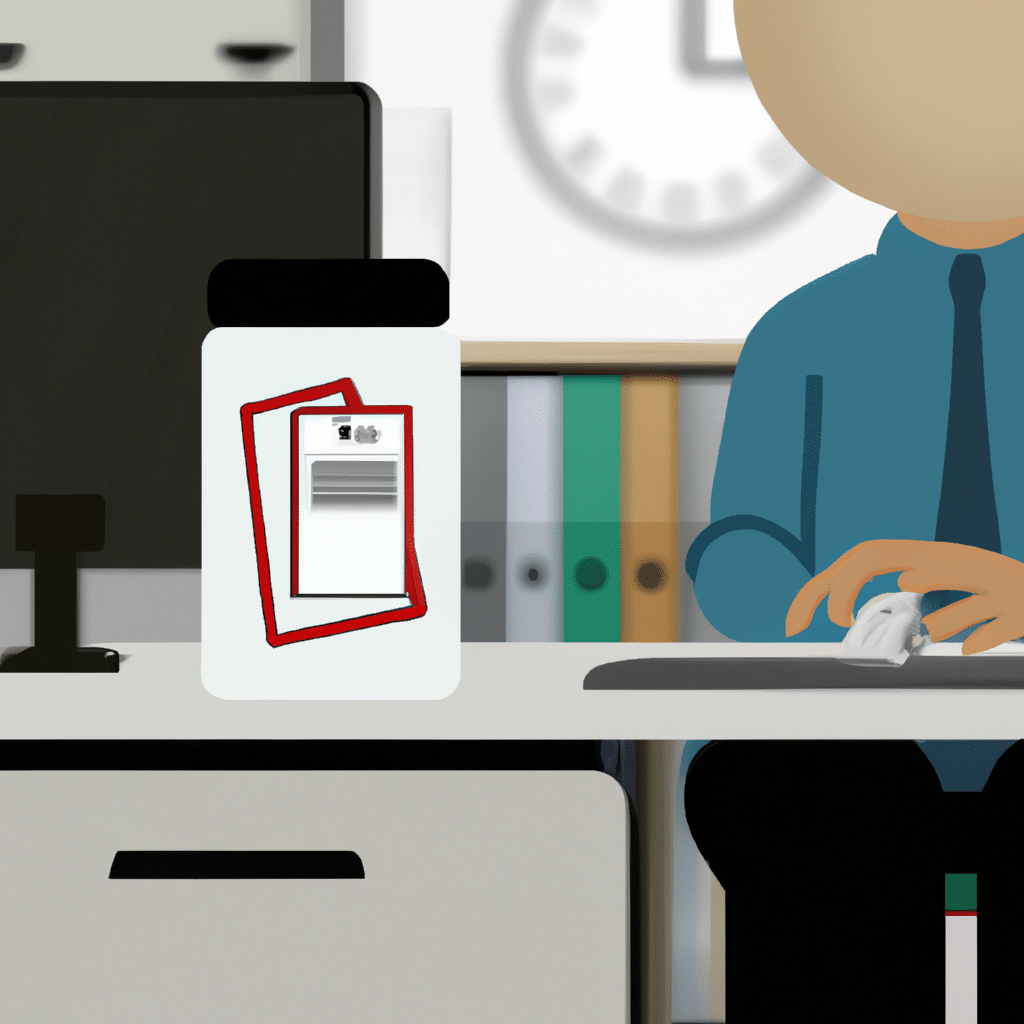In today’s digital age, data is the new currency, and businesses must take the necessary steps to protect it. As data breaches become more common, regulations are being put in place to ensure that companies protect their data adequately. In this article, we will discuss how to backup your data for compliance and regulatory requirements.

What is Data Backup?
Data backup is the process of creating a copy of your data and storing it in a secure location. The purpose of backing up your data is to protect it from loss or corruption. Data loss can occur due to various reasons, such as hardware failure, natural disasters, cyber-attacks, and human error.
Why is Data Backup Important for Compliance and Regulatory Requirements?
Compliance and regulatory requirements are put in place to ensure that companies protect sensitive data adequately. These regulations require companies to backup their data regularly to protect against loss, corruption, or destruction of data. Failure to comply with these regulations can result in hefty fines, legal action, and damage to a company’s reputation.
To backup your data for compliance and regulatory requirements, you need to follow a few simple steps:
Step 1: Identify Your Data
The first step in backing up your data is to identify the critical data that needs to be backed up. This includes sensitive information such as customer data, financial data, and employee records. Once you have identified your critical data, you can move on to the next step.
Step 2: Determine Your Backup Strategy
The next step is to determine your backup strategy. There are several backup strategies you can use, including full backup, incremental backup, and differential backup. A full backup copies all data, while incremental and differential backups only copy files that have changed since the last backup.
Step 3: Choose Your Backup Location
Once you have determined your backup strategy, you need to choose a backup location. Your backup location should be secure, and the data should be encrypted to protect it from unauthorized access. You can choose to backup your data to an external hard drive, cloud storage, or a remote server.
Step 4: Schedule Your Backup
The final step is to schedule your backup. You should backup your data regularly to ensure that it is up to date. The frequency of your backups will depend on the volume and criticality of your data.
Conclusion
Backing up your data is crucial for compliance and regulatory requirements. By following the steps outlined in this article, you can ensure that your data is protected against loss, corruption, or destruction. Remember to identify your critical data, determine your backup strategy, choose a secure backup location, and schedule your backup regularly. By doing so, you can comply with regulations and protect your business from potential legal action, fines, and damage to your reputation.












